Nestled on the border of Nagaland and Manipur, the ethereal Dzukou Valley is one of Northeast India’s best kept secrets. Though technically located in Nagaland, this hidden paradise is often accessed from Assam, making it a gem for intrepid travellers exploring the region. Dzukou valley in October with its picture rolling hills carpeted in emerald grass, dotted with vibrant wildflowers, and shrouded in wisps of mist is a place where time seems to stand still and nature reigns supreme. Join us as we venture into this remote wonderland, where adventure and serenity await at every turn.
Location
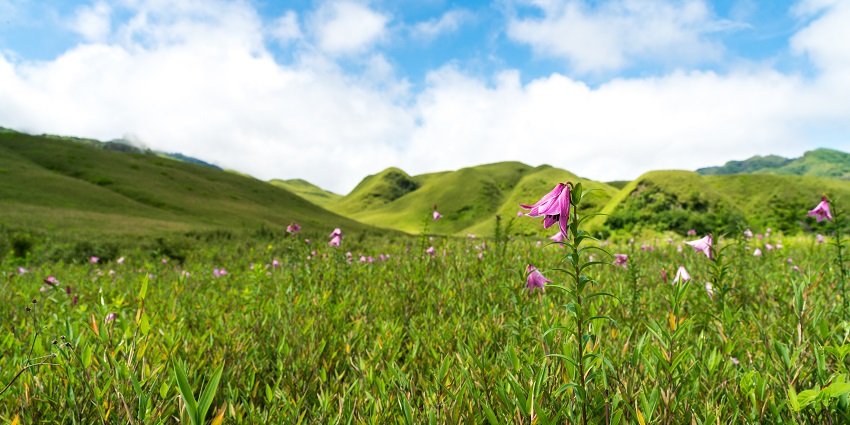
Photo: alexreynolds / Shutterstock
Dzukou Valley is located on the border of Nagaland and Manipur in Northeast India. While often associated with Nagaland, part of the valley also extends into Manipur. It’s situated at an altitude of 2,452 metres above sea level, about 30 km from Kohima, the capital of Nagaland.
Suggested Read: Dzukou Valley In Winter
How To Reach Dzukou Valley
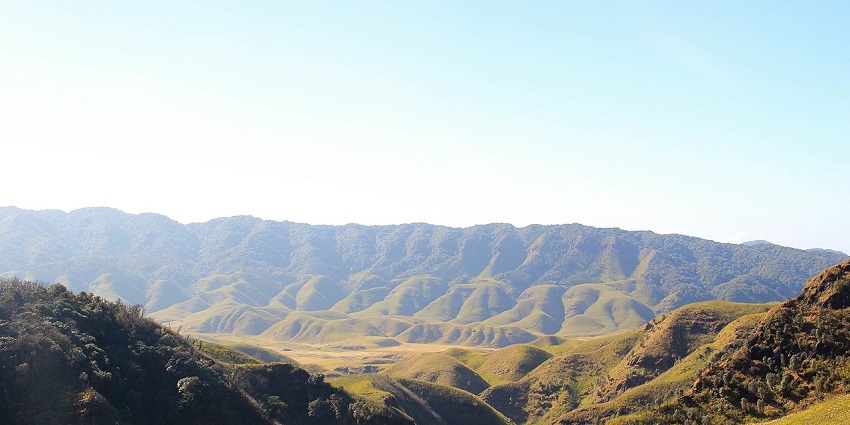
Photo: SeethaG / Wikimedia Commons
To reach Dzukou Valley, first travel to Kohima. You can fly to Dimapur Airport, then take a taxi or bus to Kohima (about 74 km). From Kohima, head to Viswema village or Zakhama village. These are the starting points for the trek to Dzukou Valley. You can hire a local guide and take a jeep to the base camp, from where a 2-3 hour trek will lead you to the valley.
Places To Visit In And Around Dzukou Valley
1. Dzukou Valley
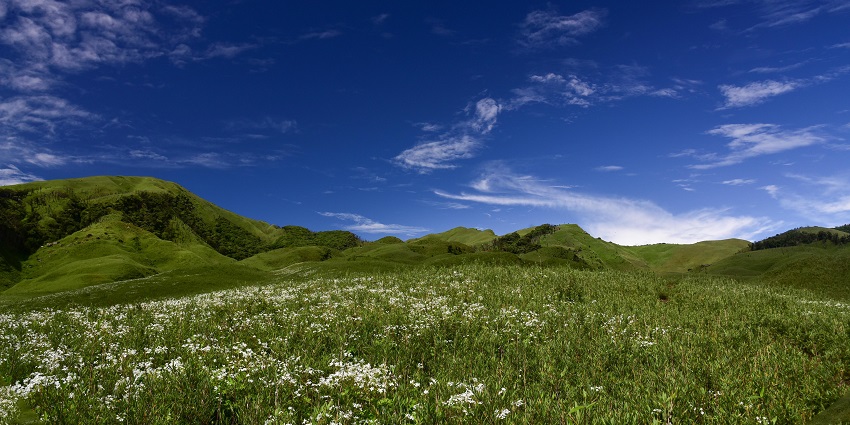
Photo: Dhruba Jyoti Baruah / Shutterstock
The Dzukou Valley is known for its stunning natural beauty, featuring rolling hills covered in lush green grass and colourful wildflowers. The valley is particularly famous for its rare Dzukou lily, which blooms in late spring and early summer. Visitors can trek through the valley, camp overnight, and enjoy breathtaking views. The best time to visit is from June to September when tourists enjoy taking the Dzukou valley trek in October as the valley is at its most vibrant. Access is typically through Viswema village in Nagaland or Mao in Manipur.
Location: Border of Nagaland and Manipur
Price: ₹500 – 1000 per person for entry and guide fees
Suggested Read: Dzukou Valley In December
2. Kohima
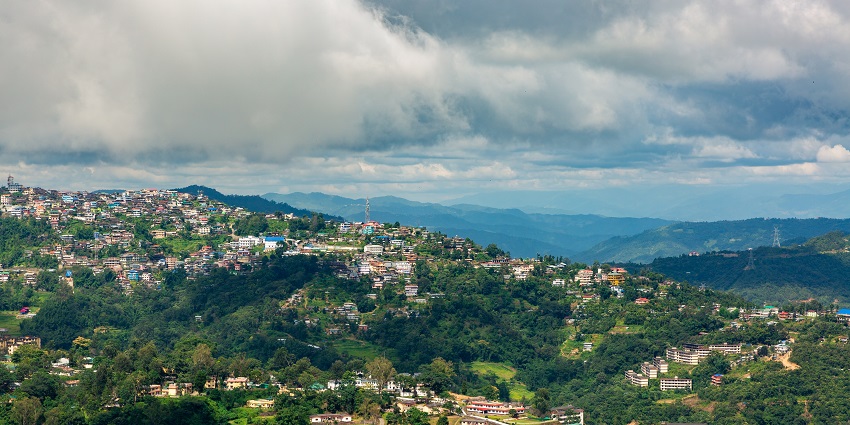
Photo: Kelly R Richardson / Shutterstock
Kohima, the capital of Nagaland, is a great base for exploring Dzukou Valley. The city offers insights into Naga culture and history. Key attractions include the Kohima War Cemetery, commemorating soldiers who died in WWII, and the Nagaland State Museum. The annual Hornbill Festival in December is a major cultural event showcasing Naga traditions.
Location: Nagaland (about 20 km from Dzukou Valley)
Price: Accommodation ₹1000 – 5000 per night
3. Kaziranga National Park
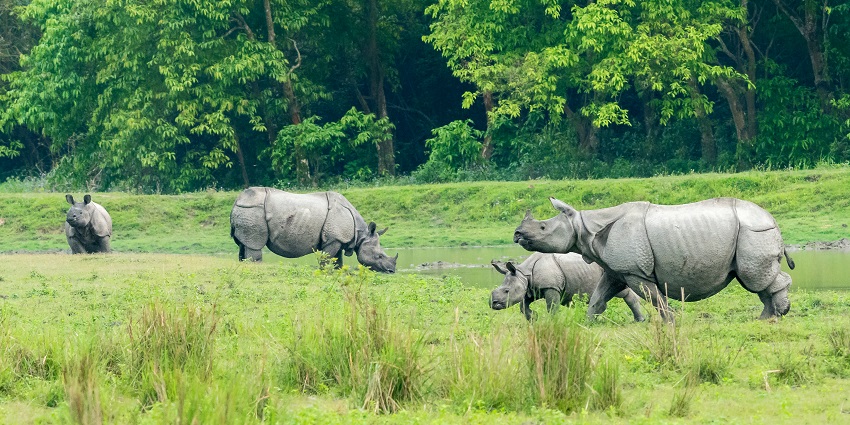
Photo: Mousam Ray / Shutterstock
While not directly near Dzukou Valley, Kaziranga is a must-visit destination in the region. This UNESCO World Heritage site is home to two-thirds of the world’s one-horned rhinoceroses, as well as tigers, elephants, and numerous bird species. Visitors can enjoy jeep safaris, elephant rides, and boat trips on the Brahmaputra River. The park is typically open from November to April.
Location: Assam (about 200 km from Dzukou Valley)
Price: ₹500 – 2500 for entry and safari rides
Suggested Read: Things To Do In Kaziranga On Your Wildlife Voyage To Assam
4. Loktak Lake
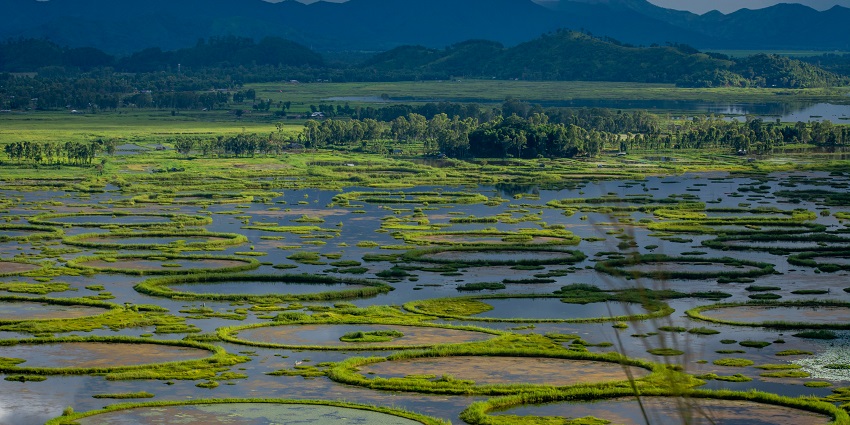
Photo: kissor metei / Shutterstock
Loktak Lake is the largest freshwater lake in Northeast India, famous for its unique phumdis (floating islands). The Keibul Lamjao National Park, the only floating national park in the world, is located on the lake and is home to the endangered Sangai deer. Visitors can take boat rides, visit Sendra Island, and enjoy stunning sunsets over the lake.
Location: Assam (about 200 km from Dzukou Valley)
Price: ₹500 – 2500 for entry and safari rides
5. Majuli Island
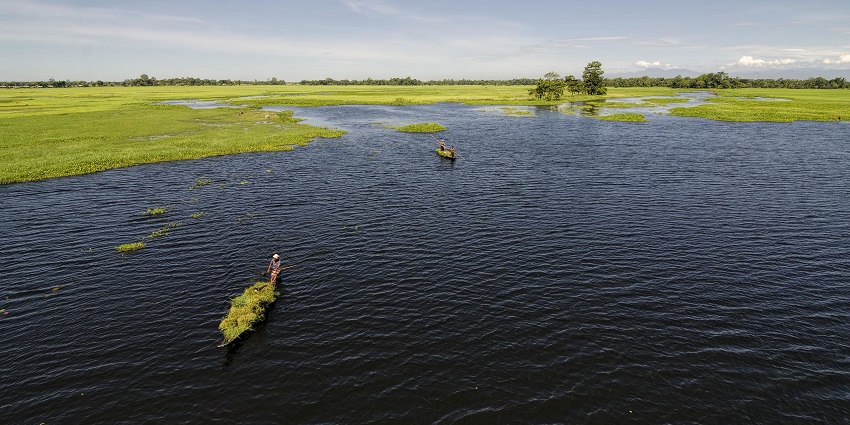
Photo: Dhrubazaan Photography / Wikipedia
Majuli is the world’s largest river island and a hub of Assamese culture. It’s known for its Vaishnavite monasteries (satras), colourful mask-making tradition, and diverse birdlife. Visitors can explore the island by bicycle, attend cultural performances, and stay in eco-friendly bamboo cottages. The island is accessible by ferry from Jorhat.
Location: Assam (about 300 km from Dzukou Valley)
Price: Ferry ₹100 – 200, accommodation ₹500 – 2000 per night
Suggested Read: Places To Visit In Majuli
6. Imphal
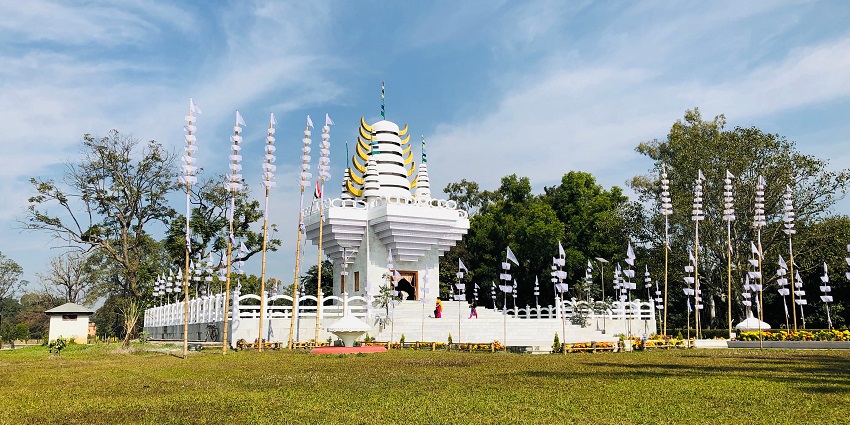
Photo: uditmoral / Shutterstock
Imphal, the capital of Manipur, offers a mix of history, culture, and natural beauty. Visit the Kangla Fort, an ancient seat of Manipuri kings, and the vibrant Ima Keithel (Mother’s Market), one of the largest all-women markets in Asia. The Imphal War Cemetery and Shaheed Minar are important historical sites.
Location: Manipur (about 100 km from Dzukou Valley)
Price: Accommodation ₹1000 – 4000 per night
7. Shillong
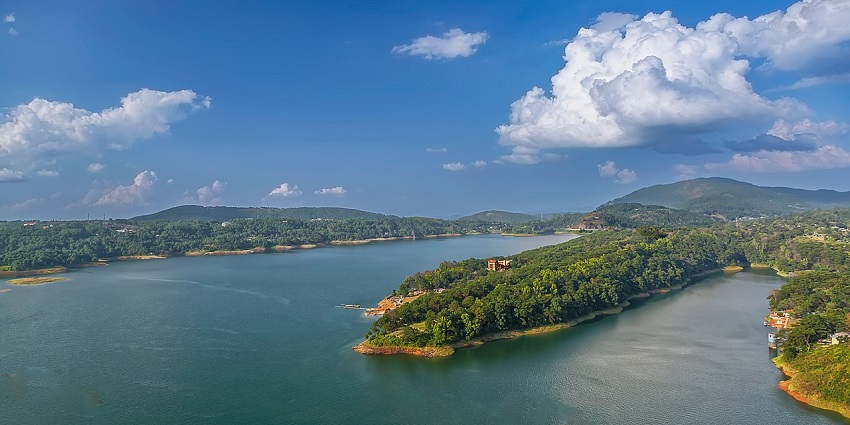
Photo: Prof. Vikramjit Kakati / Wikimedia Commons
Known as the “Scotland of the East,” Shillong offers a pleasant climate and scenic beauty. Key attractions include Ward’s Lake, Elephant Falls, and the Don Bosco Museum of Indigenous Cultures. The city is also famous for its music scene and vibrant cafe culture. Nearby, you can visit the living root bridges in Cherrapunji and Mawlynnong, known as Asia’s cleanest village.
Location: Meghalaya (about 400 km from Dzukou Valley)
Price: Accommodation ₹1000 – 5000 per night
Suggested Read: Places To Visit Near Shillong
8. Manas National Park
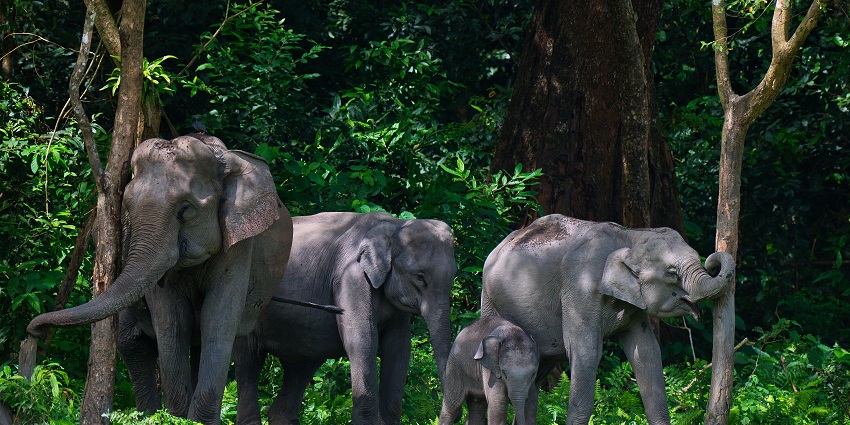
Photo: Diganta Kumar Sarma / Shutterstock
Another UNESCO World Heritage site, Manas National Park is known for its rich biodiversity. It’s home to rare species like the golden langur, pygmy hog, and Bengal florican. Visitors can enjoy jeep safaris, elephant rides, and river rafting. The park is less crowded than Kaziranga, offering a more serene wildlife experience.
Location: Assam (about 450 km from Dzukou Valley)
Price: Entry and safari ₹500 – 2000 per person
9. Ziro Valley
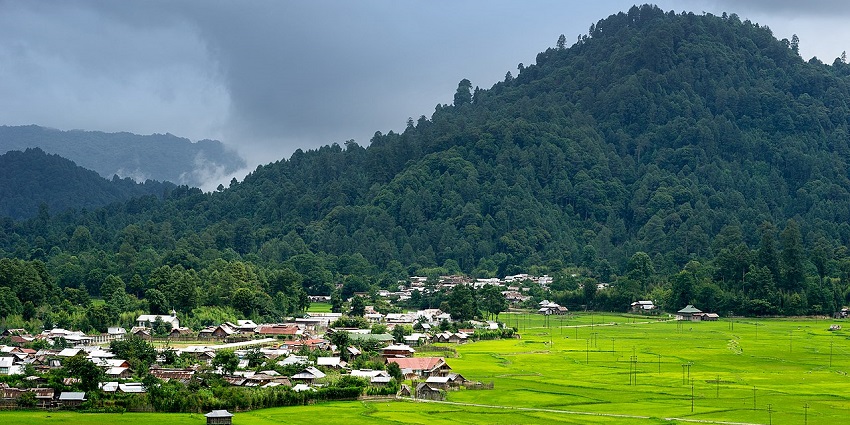
Photo: Arunachal2007 / Wikipedia
Ziro Valley is known for its picturesque landscape of pine-clad hills and paddy fields. It’s home to the Apatani tribe, known for their unique culture and sustainable farming practices. The Ziro Music Festival, held annually in September, attracts music lovers from across India. Visitors need to obtain an Inner Line Permit to enter Arunachal Pradesh.
Location: Arunachal Pradesh (about 450 km from Dzukou Valley)
Price: Inner Line Permit ₹100, accommodation ₹1000 – 3000 per night
Suggested Read: Top Places To Visit In Ziro
Where To Stay
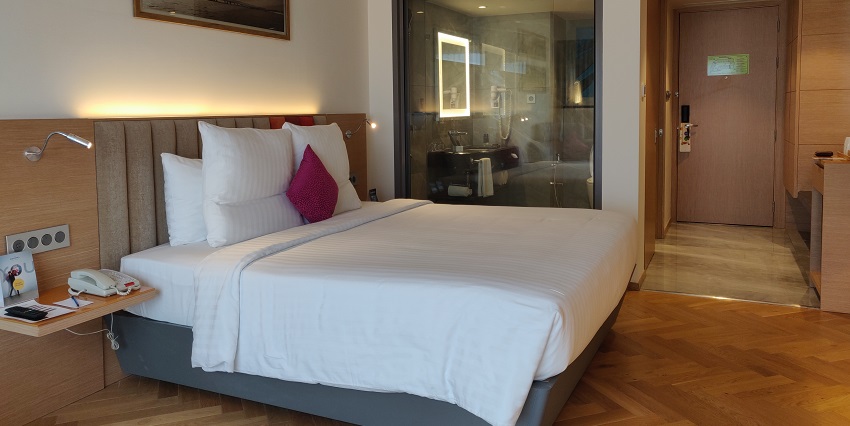
Photo: mridulablog / Shutterstock
Accommodation options in Dzukou Valley are limited. There’s a basic rest house managed by the government where trekkers can stay. Many visitors prefer to camp in tents, which can be rented from local tour operators. For more comfortable stays, it’s best to find accommodation in Kohima and make day trips to the valley.
Where To Eat
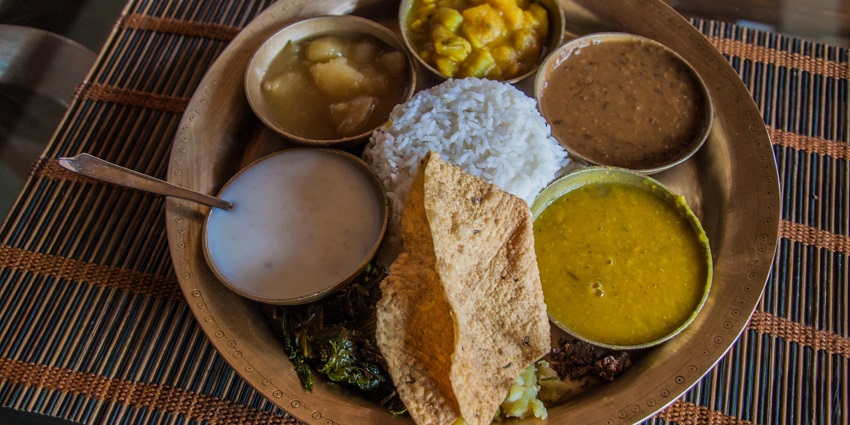
Photo: Matyas Rehak / Shutterstock
To delve into the vibrant authentic flavours some of the restaurants near Dzukou valley are Deccan Kitchen, D Cafe, Amaris, Cafe Aurora, The Hut restaurant and Orami. In Kohima, you can also find various restaurants serving local Naga cuisine as well as some continental options.
Suggested Read: Your Essential Dzukou Valley Travel Guide
Best Time To Visit In Dzukou Valley
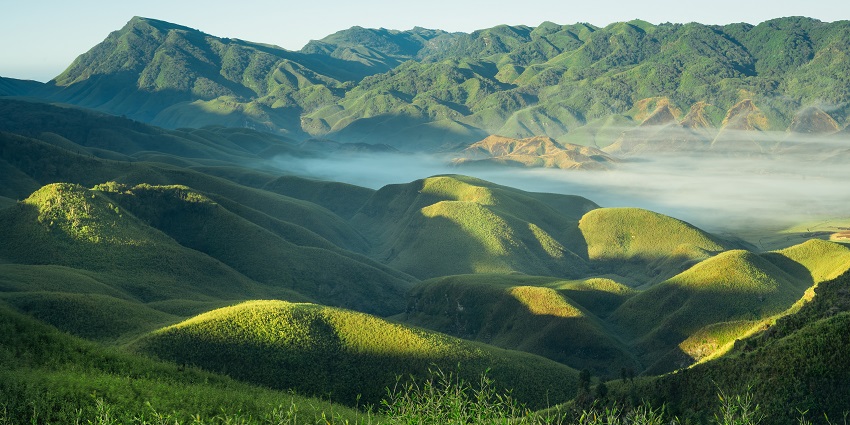
Photo: TARKIK DUTTA / Shutterstock
The best time to visit Dzukou Valley is from June to September when the famous Dzukou lilies and other wildflowers are in full bloom, creating a spectacular landscape. Dzukou valley’s temperature in October ranges from 10 Celcius to 25 Celcius. However, the valley is also beautiful during the winter months (November to February) when it’s occasionally covered in snow.
Other Factors To Consider
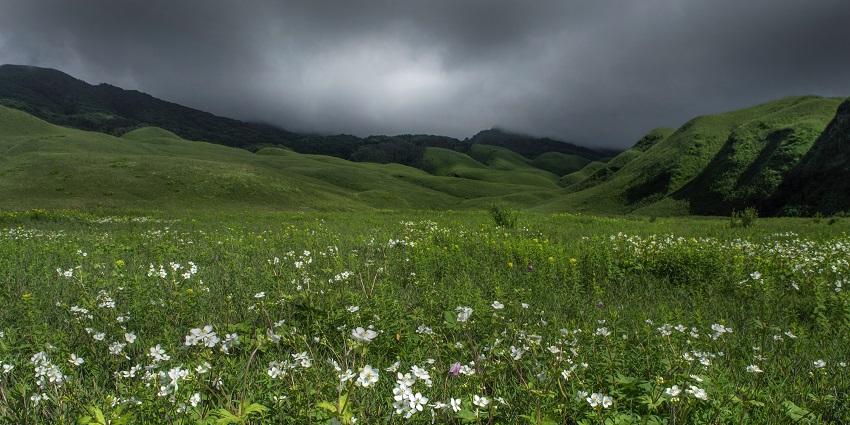
Photo: digantarajkhowa / Shutterstock
Average Cost For Travellers
The average cost for travellers visiting Dzukou Valley in Assam can vary depending on factors like accommodation, transportation, and activities. Generally, budget travellers can expect to spend around ₹ 1000-1500 per day, while mid-range travellers may spend ₹ 2000-3000 per day.
Tips For Travellers
- Carry warm clothing and rain gear, as temperatures can drop and weather can change quickly.
- Hire a local guide for trekking to ensure safety and to learn about the region’s unique flora and fauna.
Suggested Read: Dzukou Valley In July
As the sun dips below the horizon, painting the sky in hues of orange and pink, take one last look at the breathtaking expanse of Dzukou Valley. This journey will be a soul-stirring encounter with nature at its most pristine. From the challenging climb to the rewarding vistas, every moment in Dzukou Valley will leave an indelible mark. So what are you waiting for, plan your trip with TripXL today!
Cover Photo: digantarajkhowa / Shutterstock


 WhatsApp
WhatsApp
 Twitter
Twitter









